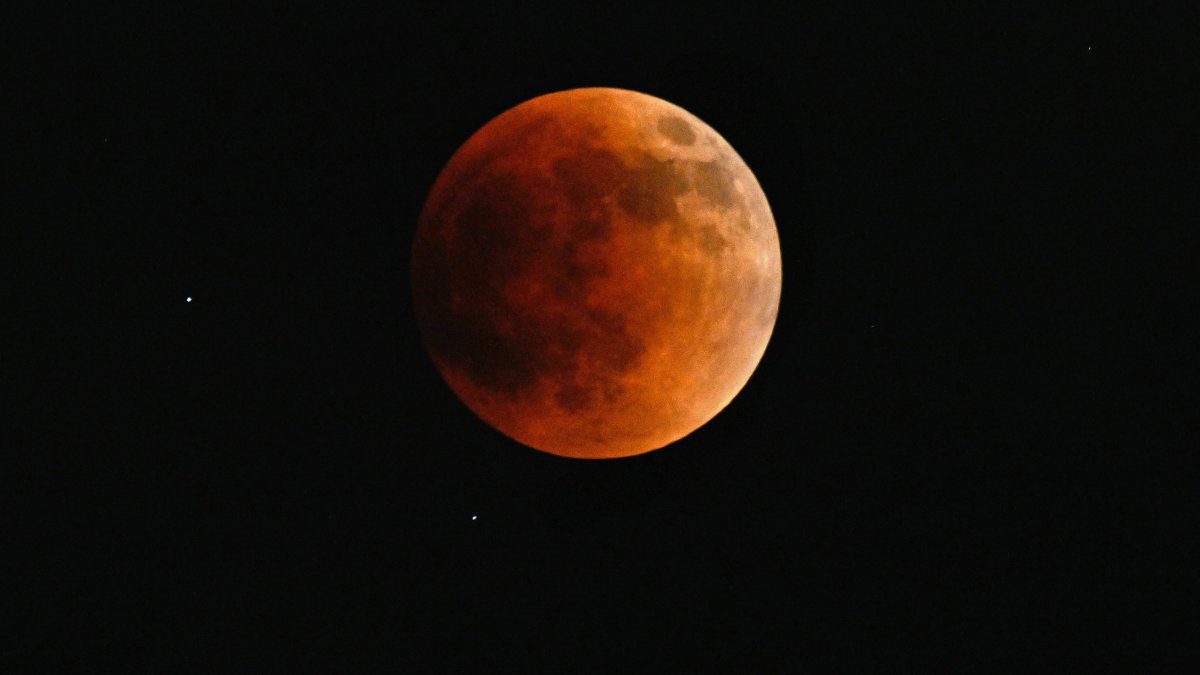
Next month, a stunning total lunar eclipse will captivate nearly the entire Western Hemisphere, transforming the moon into a beautiful shade of red in an extraordinary astronomical event.
The eclipse is scheduled for mid-March and will be observable from most regions of the United States, including the skies above Chicago.
Here’s everything you need to know.
When will the eclipse occur?
According to NASA, the lunar eclipse will commence late on the night of Thursday, March 13, and reach its peak on the morning of Friday, March 14. Be prepared to either stay up late or rise early to witness this spectacular event.
What occurs during a lunar eclipse?
A lunar eclipse happens when the moon moves into the shadow of the Earth. During a total lunar eclipse, such as the one occurring in mid-March, the moon enters into the darkest portion of Earth’s shadow, called the “umbra.”
This process causes the moon to take on a mysterious red or orange tint, leading many to refer to it as the “Blood Moon.”
What causes the moon to appear red or orange during an eclipse?
While sunlight appears white, it is actually composed of a spectrum of colors that scatter or penetrate the Earth’s atmosphere differently. According to NASA scientists, the sky seems blue during the day due to blue light scattering more readily in the atmosphere.
As dusk approaches and sunlight passes through a thicker layer of the atmosphere, it often adopts a more orange or red tone. This is because red light travels more directly, overpowering other colors.
During a lunar eclipse, the same principle applies. The light that escapes the Earth’s shadow filters through the atmosphere, allowing the more direct red light to illuminate the moon’s surface, resulting in its reddish or orange appearance.
When will the eclipse reach its peak?
According to NASA, a penumbral eclipse will start around 10:57 PM Central Time on March 13, during which the moon will begin to dim subtly.
At just after midnight, a partial eclipse will commence, creating the illusion of a “bite” being taken out of the moon as the early morning progresses. This effect will intensify until the moon is fully obscured.
The total lunar eclipse phase begins at 1:26 AM Central Time, during which the moon will exhibit a reddish or orange tint, visible to the naked eye or through a telescope.
This total eclipse is anticipated to last just over an hour, concluding at 2:31 AM, while the partial phase will persist until 3:47 AM, as noted by NASA.
Where is the best vantage point to view the eclipse?
The eclipse will be visible across the lower 48 states and eastern Alaska, provided the skies are clear, as it will be completely dark in most areas of the United States. For the best experience, darker locations offer superior viewing conditions.
Utilizing telescopes and long-exposure cameras can enhance your viewing experience, according to the space agency.









